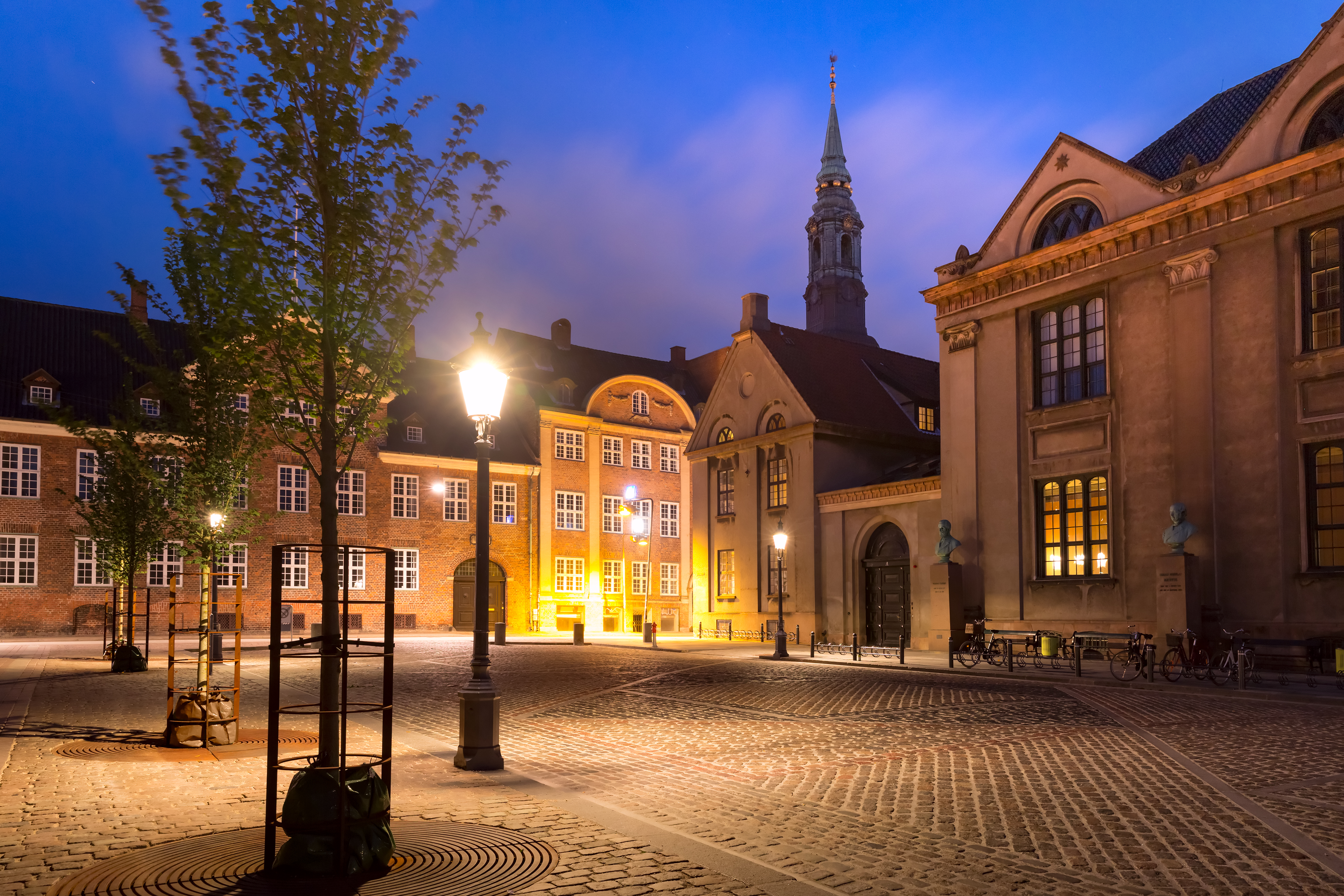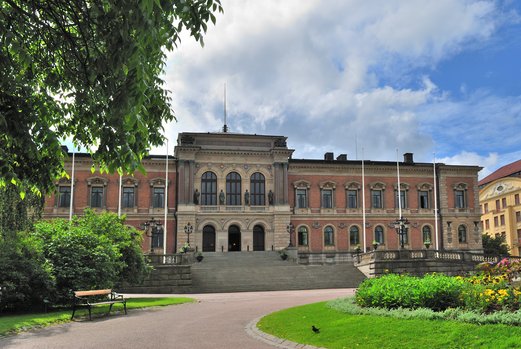An overview of Nordic universities
Universities are important in the Nordic countries because of a generally held belief that education is essential to democracy and it is a responsibility of the state to provide lifelong educational opportunities. Universities are just one piece in a total educational picture that also includes other on-going options for adults of all ages and a demand for an increasing level of education required in the job market. It is widely considered that state-supported education is essential to securing good jobs and furthering economic development of the Nordic countries.

Universities and a host of schools of higher education with specialist orientations in areas such as the arts, technology, or business are part of the long history of education across the Nordic region. For centuries there was only a very small number of these institutions, but in the decades after the end of World War II, this figure grew significantly as a result of government policies and far-reaching economic, social, demographic, and technological developments, and has continued to grow, for the most part.
Where are the main universities today?
Today, Denmark’s main universities are in Copenhagen, Roskilde, Aalborg, and Aarhus. A fifth, the University of Southern Denmark, is based around several campuses centered on Odense. Finland has universities in Åbo, Helsinki, Jyväskylä, Kuopio, Oulu, Tampere, Turku, and Vaasa. Aalto University, centered in Helsinki, is the result of the 2010 merger of older schools of economics, art and design, and technology. Similarly, Lapland University, founded in 2014, is the result of the merger of older technical schools in the far north. Greenland’s single university is located in the island’s capital of Nuuk. In Iceland, Reykjavík is home to both the University of Iceland and the University of Reykjavík. In addition there is Holár University and the University of Akureyri, a number of specialist schools, and the private Bifrost University. Norway has around ten institutions that are labeled universities, and among them are those located in Oslo, Bergen, Stavanger, Trondheim, and Tromsø. In addition the country has several “specialized” and state-owned “university colleges” as well as some private colleges. Among the more than ten universities in Sweden are those located in Uppsala, Lund, Göteborg, Stockholm, Jönköping, Linköping, Malmö, Umeå, and Växjö/Kalmar (Linnaeus University).
In addition, there are about 15 university colleges (högskolor) and a wide range of special-focus institutions. Some of these are relatively new institutions, such as the University of the Faroe Islands (founded in 1965), and the Sámi University College in Kautokeino, Norway (established in 1989), and they are small, but have developed unique programs and/or serve particular populations. There are many separate professional schools which elsewhere might be called universities or even include “university” in their titles. These cover areas such as the arts, architecture, business, theater, music, agriculture, education, health sciences, medicine, military training, and technology.
An overview of the history of Nordic universities
Until relatively recent times, there were few universities in Scandinavia. The oldest was founded at Uppsala in 1477. It was followed two years later by Copenhagen. For much of their histories the faculties and student bodies of these schools were small, their resources limited, and the curricula narrow. They often struggled to survive and even ceased operation for brief periods before gaining relative security in the seventeenth century.

PICTURE: Uppsala University, the oldest university in the Nordic region. Photo: colourbox.dk.
Always important as centers of intellectual activity, universities made important contributions to the development of their countries, especially after about 1650. Only two institutions were added during the early modern period. The first was the Royal Academy of Åbo/Turku, founded in 1640 and relocated to Helsinki following a fire in the city in 1827. From 1828 until 1919 it was known as Imperial Alexander University. The named became Helsinki University in 1919 in the wake of Finland’s independence. The school was initially designated to serve the Swedish-speaking minority in Finland, but after its relocation to Helsinki it became the center of Finnish higher education. The second was Lund University, established in 1667-8. (An argument can be made that Lund University is actually much older because of the presence of a cathedral school there from 1425.) It was initially to play a role in making the formerly Danish territories of Skåne, Halland, and Blekinge Swedish.
Norway did not gain its own university until 1811, with the founding of Royal Frederik University in Christiania (now Oslo). This school became Oslo University in 1939. The University of Iceland dates from 1911. The University of the Faroe Islands was founded in 1965. Greenland’s university (Ilisimatusarfik) in Nuuk dates from 1987 and is perhaps the smallest university in Norden (about 200 students). All the universities were/are important in the formation and growth of national identities.
Many of the region’s arts academies have their roots in the 18th century, while the 19th century witnessed important growth in the number of technical or professional schools. This was also a time when institutions dedicated to the training of teachers were needed in order to aid the burgeoning development of schools.
Fundamental principles underpinning growth in Nordic universities
The remarkable growth in the number of universities and other institutions of higher education over the last few decades has several causes. At base are two fundamental beliefs commonly held throughout the region. The first is that education is essential to democracy. The second is that it is a responsibility of the state to provide lifelong educational opportunities. The universities are just one piece in a total educational picture that also includes preschool opportunities, universal elementary and secondary schooling, and on-going options for adults of all ages. Another factor is the increasing level of education required in the job market. Today the Nordic region is one in which education is essential to securing good jobs and furthering economic development.
Further reading:
- Sten Lindroth. A History of Uppsala University, 1477-1977. (Uppsala: Uppsala University, 1976).
- Svend Erik Stybe. Copenhagen University 500 Years of Science and Scholarship. (Copenhagen. 1964 and 1979).